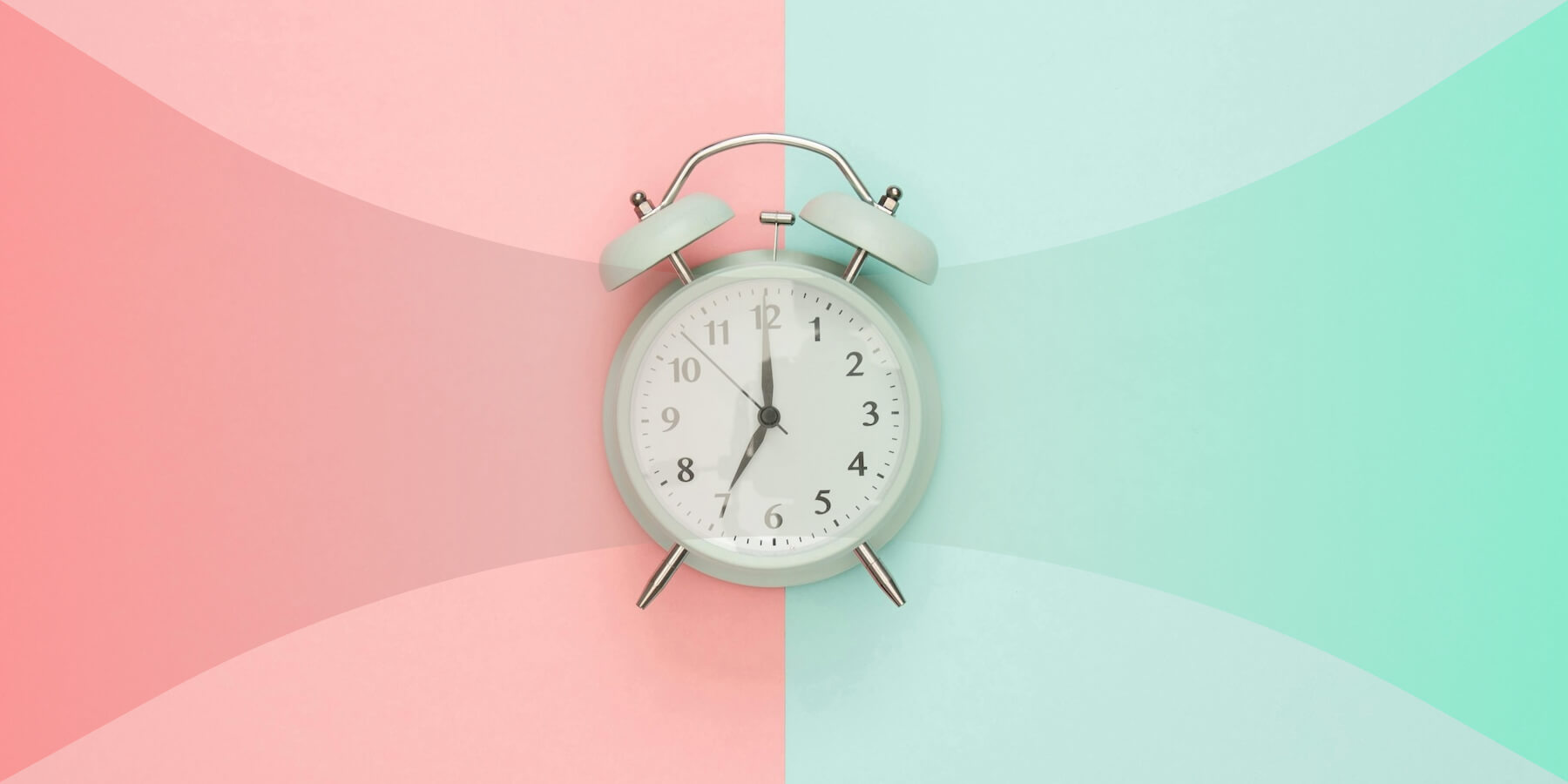Something I used to tell all of my insomnia patients:
The approach I’m going to teach you has a perfect success rate in my practice. I’ve never seen it not work when implemented correctly and consistently.
That approach is called cognitive behavioral therapy for insomnia. And even though very few people—including doctors and therapists—have ever heard of it, it is by far the most effective way to eliminate insomnia—way better than any drug, supplement, or random collection of sleep hygiene tips you read on the internet.
In the rest of this article, I’m going to teach you the most powerful component of that approach, a technique called sleep compression.
If you implement and stick with sleep compression, you’ll soon be sleeping better than you have in a long time.
What Is Sleep Compression?
Sleep compression is a technique for improving sleep quality by temporarily spending less time in bed.
But I have insomnia… Why would I want to spend LESS time in bed?
Instinctively, people with insomnia usually try to spend more time in bed: going to bed earlier and sleeping in later. Unfortunately, this approach backfires because it means spending even more time in bed anxious and frustrated.
See, the core problem with insomnia is that by spending too much time in bed you’ve unintentionally trained your brain to associate your bed with anxiety and frustration, both of which are highly arousing states that interfere with your natural ability to fall asleep. This conditioned arousal process, by the way, is a particular instance of the same classical conditioning process that Pavlov discovered with his study of salivating dogs.
Sleep compression is designed to undo conditioned arousal by temporarily exchanging reduced sleep quantity for increased sleep quality and retraining your mind to associate your bed with rest, relaxation, and sleep.
How to Do Sleep Compression
Like many challenging but worthwhile things in life, sleep compression is simple but not easy.
Here’s how it works:
- Reduce your total time in bed to 5-6 hours. After a few nights of this, you will be much sleepier each night and you will be more likely to fall asleep quickly and stay asleep throughout the night. Consequently, your mind will learn to associate your bed with relaxation and sleep rather than arousal and anxiety.
- Stick with your new compressed sleep window until you’re consistently falling asleep within 5-15 minutes of getting into bed and sleeping well throughout the night. Importantly: You must adhere to your reduced sleep window every single night no matter how well or poorly you slept the night before.
- Slowly expand your sleep window in 30-minute increments. Once you are consistently sleeping well during your 5-6 hour window, expand the window by 30 minutes, and stick with this window until you are constantly sleeping well. Repeat until your sleep window is at its original and/or optimal duration.
Common Questions About Sleep Compression
Isn’t it dangerous to only sleep for 5 or 6 hours per night?
First of all, many people with insomnia are only sleeping 5-6 hours per night anyway. They spend 8-9 hours in bed, but 3-4 of those are spent laying in bed awake trying to sleep, worrying, being anxious and frustrated about not sleeping etc.
Second, there’s no good evidence that temporarily reducing your sleep to 5-6 hours per night for a matter of weeks—or at most, months—leads to any significant health problems. Consider this: Every year, hundreds of millions of new moms end up sleeping 5-6 hours per night while they have an infant. Human beings are remarkably adaptable and resilient creatures.
Lastly, remember that sleep compression is about temporarily reducing your time in bed so that in the long-term you’ll have much higher sleep quality and sleep quantity. There are all sorts of things in life from exercise and childbirth to piano practice and physical therapy where we embrace short-term discomfort for long-term benefits.
Is sleep compression different than sleep restriction?
The original name for this technique was sleep restriction, but many people—myself included—prefer not to use the term because it’s not technically accurate. The thing you’re restricting is your time in bed, which is why many people now refer to the technique as time in bed restriction.
There’s also variation on the original time in bed restriction protocol which people label sleep compression where instead of immediately reducing your sleep window to say 5.5 hours, you would gradually reduce your time in bed window in increments of 30 minutes until you got to the ideal window. Then once your sleep quality was improved, you would slowly expand the window. I used to do this, but found it to be far less effective.
I use the term sleep compression for my own approach to time in bed restriction because it emphasizes that you are making a trade off of time in bed for the greater good of improving your sleep quality. I think sleep compression communicates this end goal better than sleep restriction.
Is it better to set my new sleep window for earlier in the night (e.g.: 10:00 pm – 4:00 am) or later in the night (e.g.: 12:00 am – 6:00 am)?
This decision should usually be a function of your chronotype and lifestyle. If you’re an extreme night owl, I’d recommend starting your new sleep window later in the night to coincide with your natural sleepiness window. But if you’re an extreme lark or early bird, I’d recommend an early sleep window.
Also, if you have a job that requires you to be awake by 4:30 am, then you’ll obviously want to time your sleep window to align with that, whereas if you have a lot of flexibility in your schedule, you can be more flexible in the timing of your sleep window.
The Sleep Compression Quickstart Guide

If you’re interested in trying sleep compression, I put together a brief 4-page PDF guide to sleep compression which you can download here:
The Sleep Compression Quickstart Guide →
Learn More
If you’re interested in learning more about better sleep and insomnia, here are a few resources you might find helpful:




